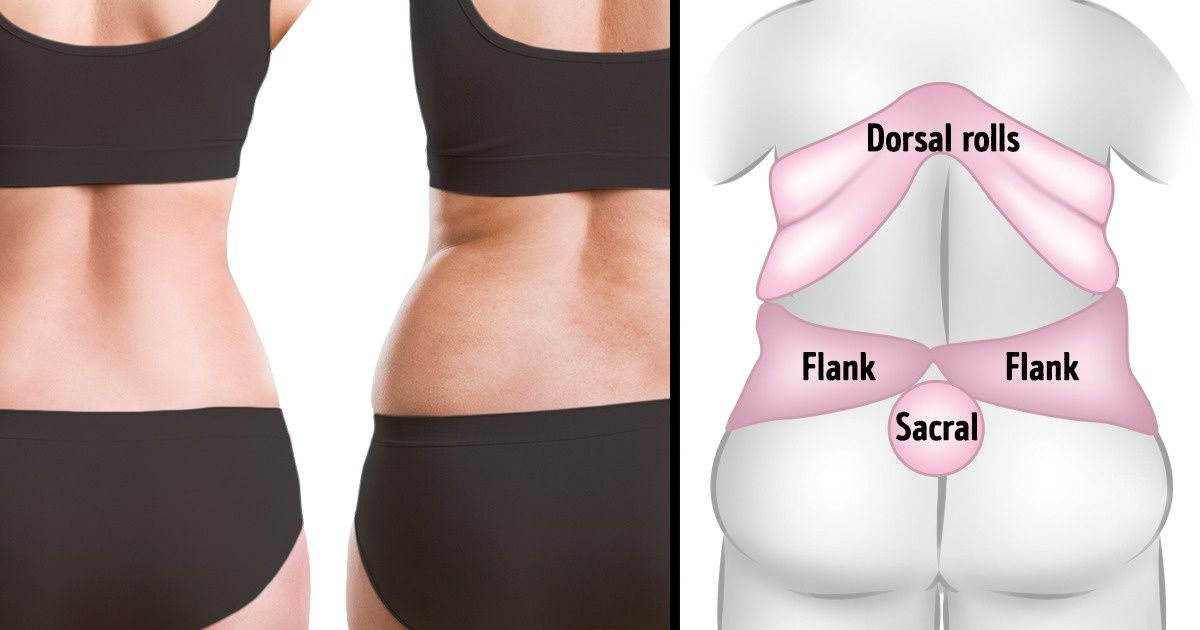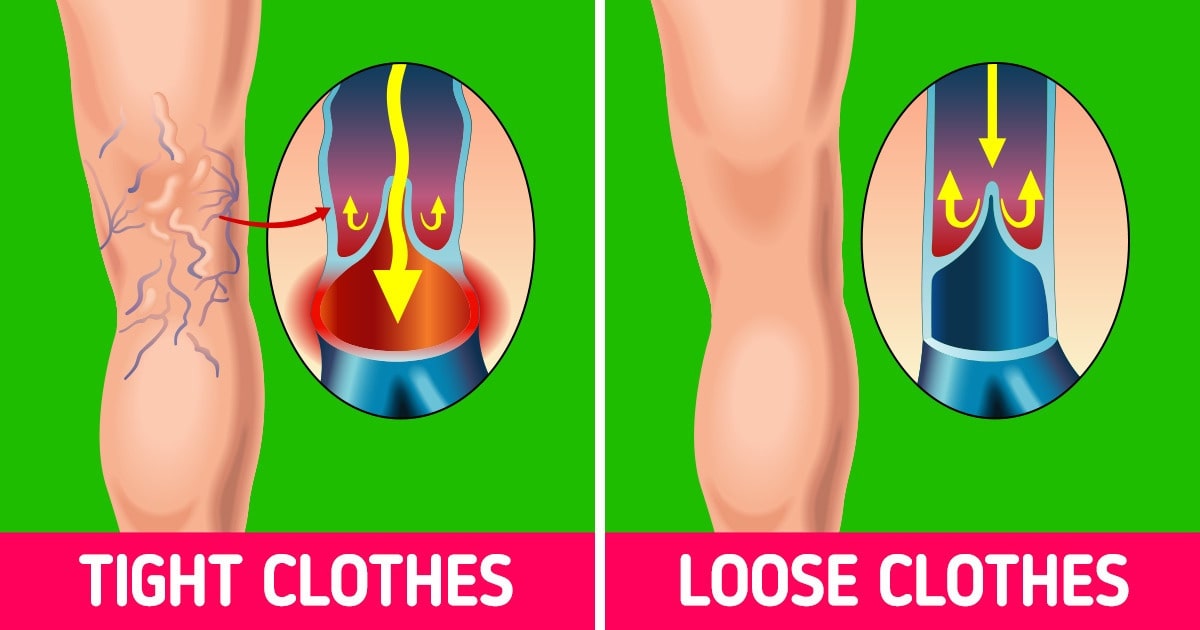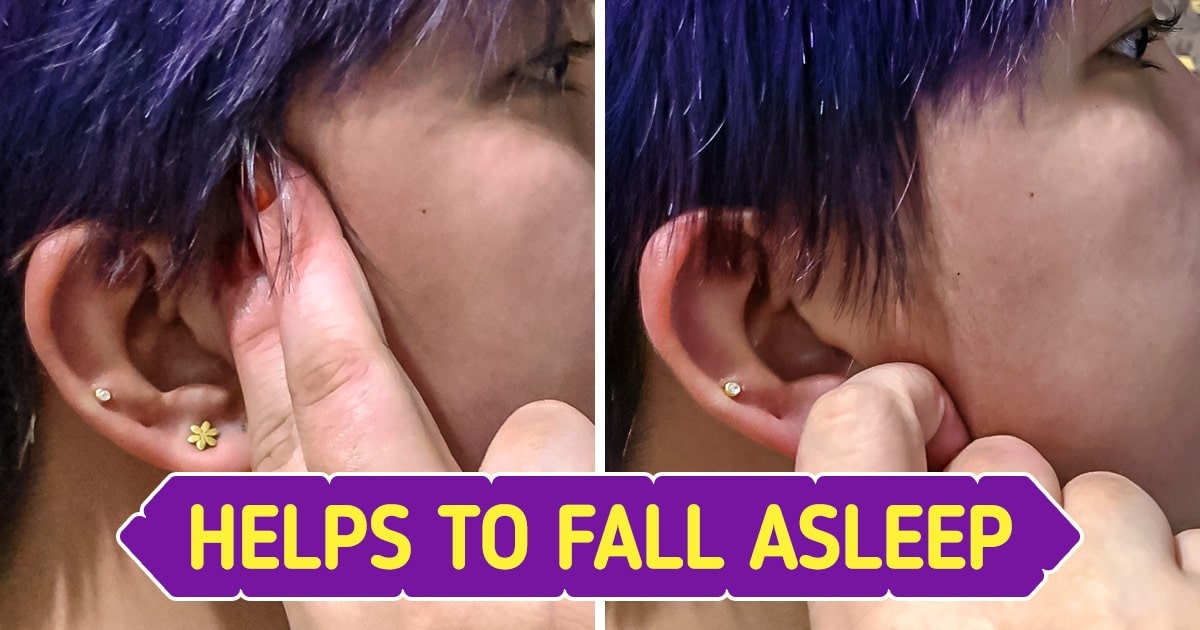The human body is an awe-inspiring marvel of biology, showcasing intricate systems that work in perfect harmony every day. It’s not just a machine; it’s a living, breathing ecosystem of unparalleled complexity. In this article, we delve into 7 Coolest Things That Prove Our Body Is the Most Complex System in the World. We’ll explore fascinating facts about our tongue, skin, tears, iris, evolutionary history, oral microbiome, and even the concept of an aura. With insights supported by credible sources, you’ll gain a deeper understanding of how every part of our body contributes to our overall health and vitality.
Understanding these incredible facets of human anatomy not only enriches our appreciation for our bodies but also emphasizes the importance of maintaining good health. Let’s take a closer look at these astonishing phenomena.
Coolest Things About The Human Body
Our Tongue Performs Unbelievable Pirouettes While We Speak

The human tongue is a muscular powerhouse, capable of executing incredibly intricate movements. Every word we speak is a testament to the tongue’s flexibility and precision.
The Science Behind Tongue Mobility
The tongue is one of the most agile muscles in the human body. Unlike most muscles, it is not attached to any bones, allowing it to move freely and perform what can be likened to pirouettes. This unique muscular hydrostat is essential for speech, swallowing, and even taste. Advanced research in linguistics and speech therapy emphasizes that the tongue’s ability to twist, turn, and articulate is crucial for clear communication. For a deeper dive into the mechanics of speech and tongue function, check out WebMD’s insights on oral health.
Enhancing Speech and Oral Health
The tongue’s dynamic movement not only aids in articulate speech but also plays a significant role in maintaining oral hygiene by helping to clear food particles from the mouth. This dual function highlights why maintaining tongue health is vital for overall well-being. Incorporating tongue exercises into your daily routine can improve both speech clarity and oral health.
Our Skin Is Really Elastic
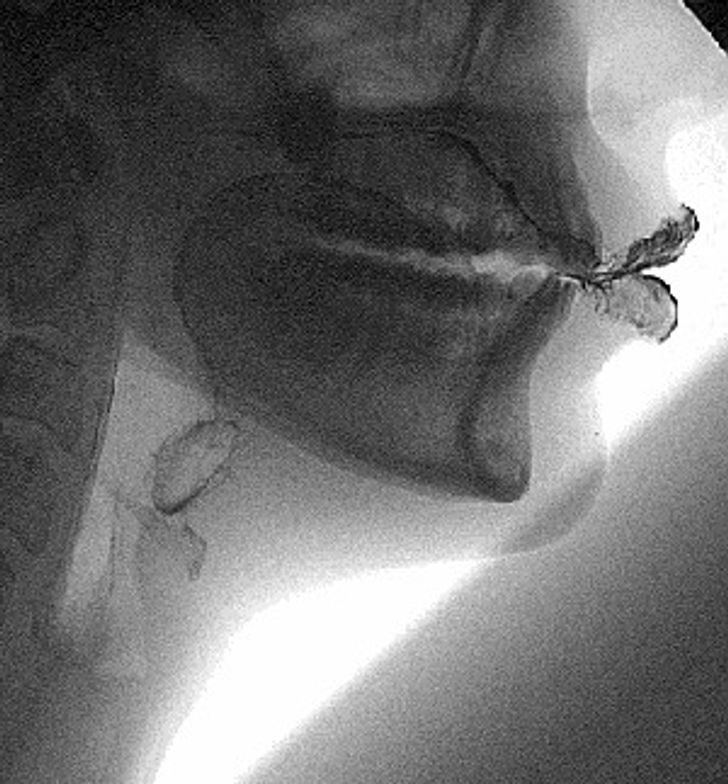
Our skin, the largest organ of the body, is a living shield that demonstrates remarkable elasticity and resilience. It not only protects us from external harm but also reflects our internal health.
The Wonders of Skin Elasticity
The elasticity of our skin is primarily due to collagen and elastin fibers that form a complex matrix within the dermis. These proteins allow the skin to stretch and then return to its original shape, which is crucial for wound healing and overall skin integrity. Research from Harvard Health Publishing explains how the decline in collagen production as we age is a key factor in the appearance of wrinkles and sagging skin. Maintaining skin elasticity is a major focus in cosmetic dermatology.
Tips for Maintaining Healthy Skin
To keep your skin elastic and healthy, consider integrating a balanced diet rich in vitamins, minerals, and antioxidants. Topical treatments and high-quality skin care products also play an essential role. Regular exercise and staying hydrated are additional ways to boost collagen production. For more practical skin care tips, visit Mayo Clinic’s skin care resources.
We Have Several Types Of Tears
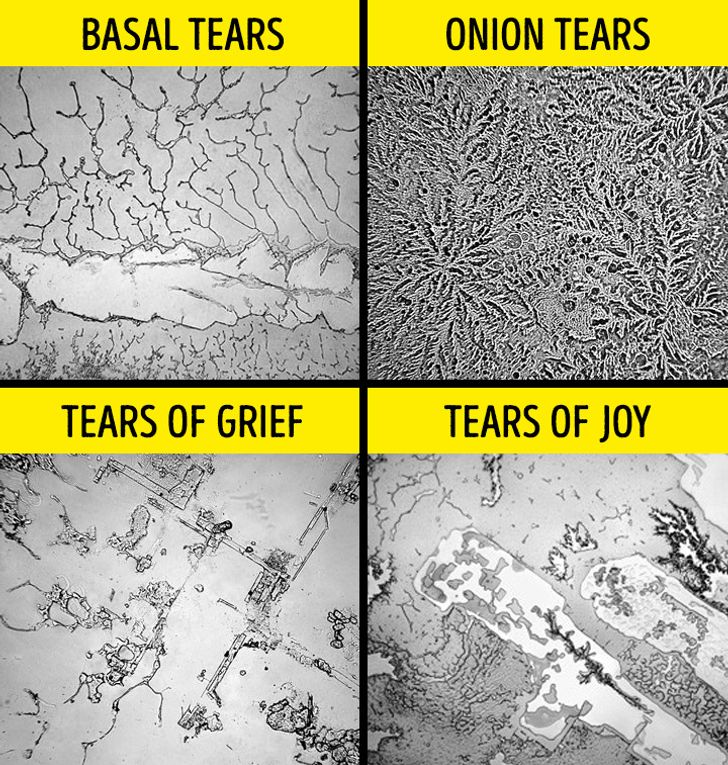
Tears are more than just a sign of emotion; they serve a range of essential functions that keep our eyes healthy and our emotions in check.
The Different Functions of Tears
Humans produce three main types of tears: basal, reflex, and emotional tears. Basal tears are constantly produced to lubricate the eye, ensuring that it remains moist and free from irritants. Reflex tears are a response to irritants such as dust or smoke, serving as a defense mechanism to flush harmful particles away. Emotional tears, which occur during moments of intense emotion, have a unique chemical composition that can help reduce stress and improve mood. The American Academy of Ophthalmology provides detailed insights into the functions of tears and eye health.
The Role of Tears in Eye Health and Emotional Balance
Understanding the complexity of tear production not only highlights the sophistication of the human body but also underscores the importance of maintaining ocular health through proper hygiene and regular eye check-ups.
Your Iris Is A Bundle Of Small And Spooky Muscles
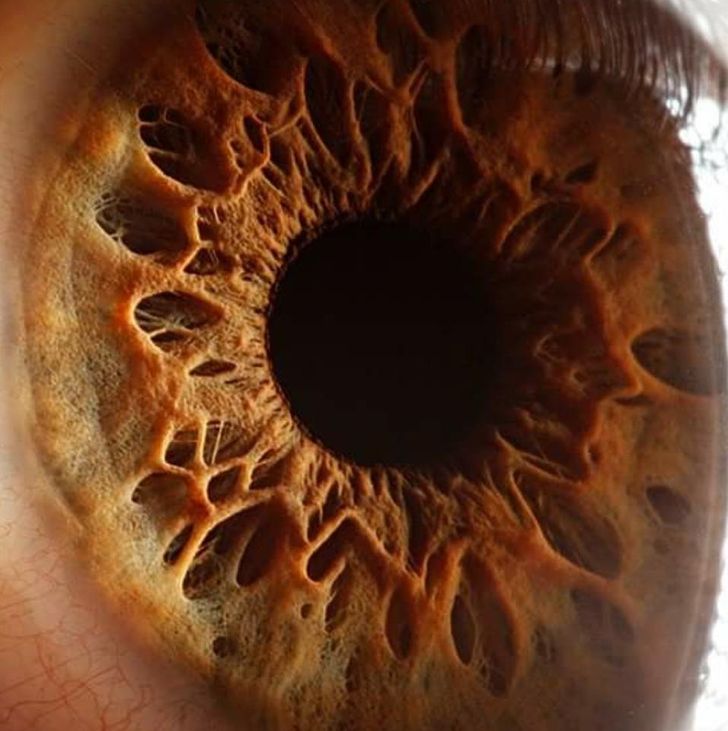
The iris, the colored part of your eye, is a dynamic structure composed of tiny muscles that adjust the size of your pupil and regulate the amount of light entering your eye.
The Mechanics of the Iris
Every time you walk from a bright outdoor environment into a dimly lit room, your iris responds instantly by contracting or dilating to adapt to the change in light. This incredible ability is made possible by the intricate arrangement of smooth muscles within the iris. These muscles function involuntarily, enabling rapid adjustments that protect your retina from damage and improve vision. For more scientific details on how the iris works, the National Eye Institute offers extensive research on eye anatomy and function.
The Hidden Complexity Behind Eye Function
The sophisticated control of pupil size is not just a mechanism for vision—it also provides valuable diagnostic insights for various neurological conditions. This remarkable control system is a testament to the precision and adaptability of the human body.
We Used To Look Like Small Aliens
The evolution of the human body is a journey filled with bizarre and unexpected transformations. Our ancestors bore features that might make them appear almost alien by today’s standards.
The Evolutionary Tale of Human Appearance
Fossil records and genetic studies have shown that early hominids had distinct physical features such as pronounced brow ridges, elongated skulls, and different facial structures. These traits, which might seem otherworldly, gradually evolved into the more refined features seen in modern humans. The field of evolutionary biology provides fascinating insights into how natural selection and environmental pressures shaped our appearance. For a deeper exploration into human evolution, check out articles on Smithsonian Magazine.
The Impact of Evolution on Modern Physiology
Understanding our evolutionary past helps explain many aspects of our current physiology, including our brain size, posture, and even our susceptibility to certain diseases. This evolutionary perspective not only fascinates but also underscores the resilience and adaptability of our species over millions of years.
Your Teeth Are Covered With A Civilization Of Bacteria
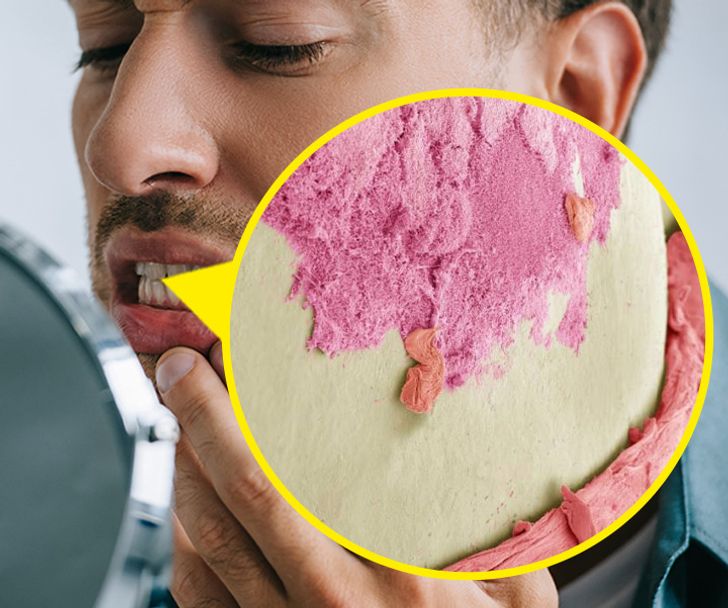
The human mouth is home to a diverse ecosystem, and nowhere is this more apparent than on the surface of our teeth, which host a complex community of bacteria.
The Oral Microbiome: A Hidden World
Your teeth are not just hard structures for chewing; they are covered with a biofilm known as dental plaque. This plaque is a thriving colony of bacteria that play a critical role in both oral health and disease. While some bacteria are beneficial and help maintain a balanced oral ecosystem, others can lead to dental issues like cavities and gum disease if not properly managed. The American Dental Association offers comprehensive guidelines on maintaining a healthy balance of oral bacteria.
Balancing the Ecosystem for Optimal Oral Health
Regular brushing, flossing, and dental check-ups are key to managing the bacterial population in your mouth. Additionally, dietary choices play an important role in the health of your oral microbiome. Reducing sugar intake and consuming probiotic-rich foods can help keep harmful bacteria in check. Understanding this complex ecosystem emphasizes the importance of routine dental care and how even microscopic life forms contribute significantly to our overall health.
We Do Have An Aura
The concept of an aura has fascinated humanity for centuries. While it may sound mystical, modern research is beginning to explore the idea of a biofield or energy field surrounding the human body.
Exploring the Science Behind the Human Aura
An aura is often described as an electromagnetic field that surrounds living beings. Although controversial in some scientific circles, studies in fields such as biophysics and alternative medicine suggest that our bodies emit subtle energy fields. Researchers are investigating whether these fields can be measured and what role they might play in our overall health. For those interested in the scientific exploration of energy fields, the National Center for Complementary and Integrative Health provides resources on emerging research in this area.
The Intersection of Science and Spirituality
While mainstream medicine continues to study the phenomenon of a human aura, many people find personal meaning and healing in practices such as energy healing and aura photography. Whether you view an aura as a scientific phenomenon or a spiritual one, the idea reinforces the concept that the human body is far more complex than it appears on the surface.
Final Thoughts: Celebrating the Complexity of the Human Body
The human body is a masterpiece of evolution and biology—a complex system where every component plays a critical role in maintaining life. From the agile movements of our tongue to the regenerative elasticity of our skin, each feature is a testament to the intricate design of our anatomy. The diversity in our tear production, the dynamic responsiveness of our iris, the evolutionary journey that made us look less alien, and the bustling civilization of bacteria on our teeth all underscore the remarkable complexity that defines us.
Embracing these fascinating facts can inspire us to take better care of our bodies. By understanding the intricate systems at work, we can make informed decisions about our health—whether it’s investing in quality skin care, practicing proper dental hygiene, or even exploring alternative wellness therapies.
In our fast-paced world, where technology and modern medicine continually push the boundaries of what we know, it is easy to overlook the natural wonders inherent in our own bodies. Yet, every aspect of our anatomy—from the micro to the macro—reminds us of the sophisticated interplay of biological processes that sustain life. Recognizing this complexity encourages us to appreciate the delicate balance within us and motivates us to pursue healthier lifestyles.
For further reading and to deepen your understanding of these topics, explore resources from reputable institutions such as Harvard Health Publishing, Mayo Clinic, and the National Institutes of Health. These sources provide in-depth research and expert advice on everything from dental care to the latest advancements in biomedical science.
As we continue to uncover the hidden layers of our anatomy, one thing remains clear: our bodies are the most complex systems in the world, and every discovery is a celebration of life itself. So, next time you marvel at your own reflection, remember that behind every glance lies a universe of biological wonders waiting to be explored.
Embrace the complexity, nurture your health, and let curiosity drive you to uncover even more of the incredible secrets hidden within the human body.







